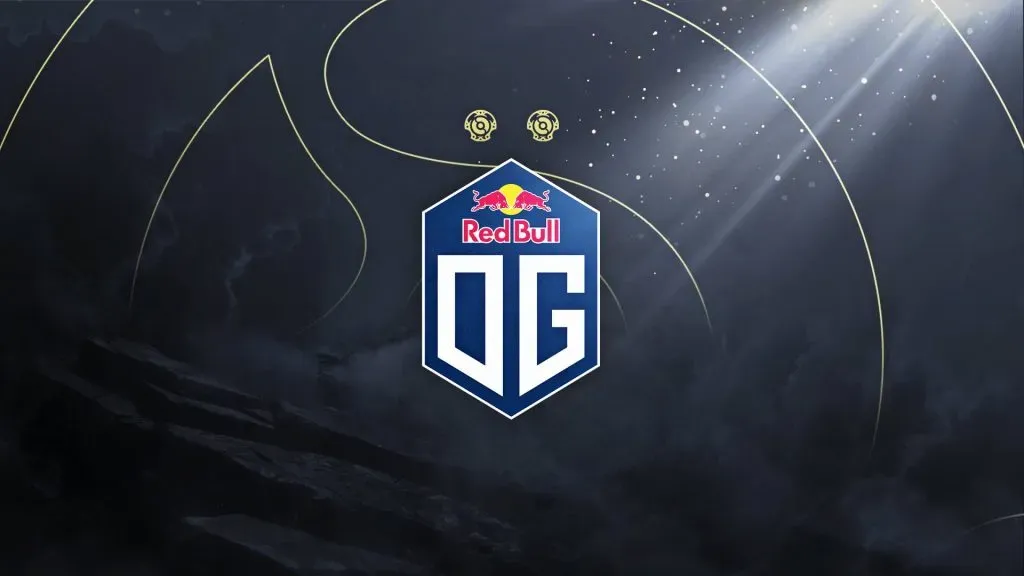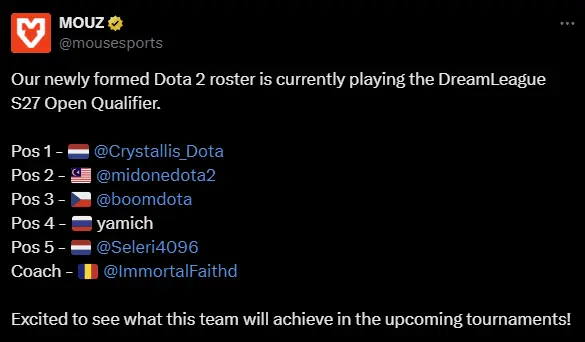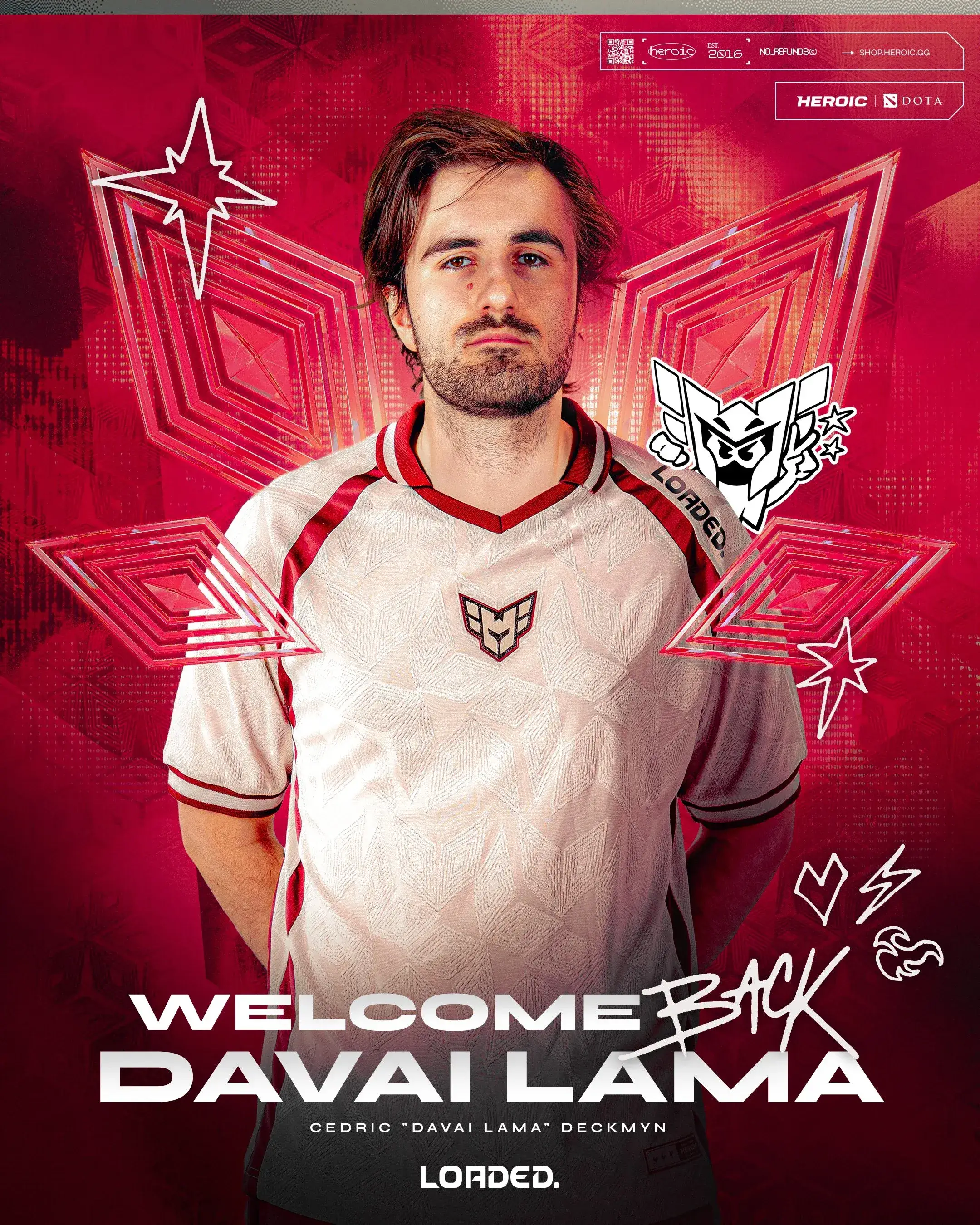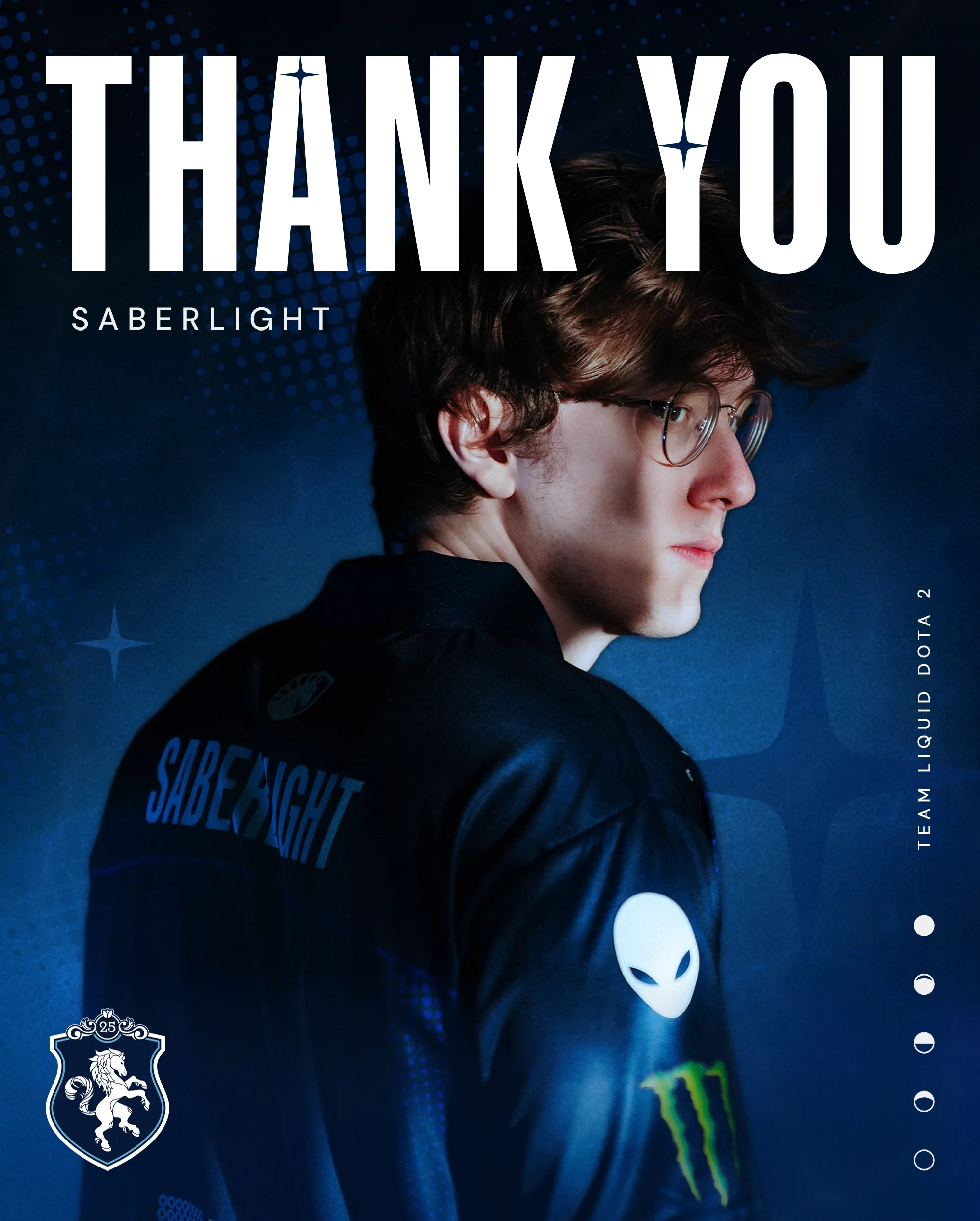
News Feed
Loading...
Loading...
Loading...
Loading...
Loading...
Loading...
Loading...
Loading...
Loading...
Loading...

News Feed
ChaiViz
22.09.2025
The dust has barely settled on Team Falcons' championship victory at The International 2025, yet the competitive Dota 2 landscape is already transforming at breakneck speed. What we're witnessing isn't just the typical post-TI shuffle but rather a fundamental restructuring that spans continents and threatens to rewrite the power dynamics heading into 2026.

The most shocking development came from an unexpected source: Quinn Callahan's retirement announcement sent ripples through the Western Dota scene that are still being felt. The Gaimin Gladiators midlaner, whose decade-long career included back-to-back TI finals appearances and three Major championships in 2023, broke down during his YouTube farewell, providing a stark reminder that behind the competitive facade lies genuine human emotion.
Quinn's transition into talent work and guide creation represents more than just a career change, it symbolizes the evolution of how veteran players can remain connected to the scene they've helped define. His love-hate relationship with the community may have been polarizing, but his commitment to Dota 2's future through educational content demonstrates the maturity that comes with championship experience.

The European region is experiencing perhaps the most dramatic upheaval, with multiple championship-caliber organizations completely reimagining their approach. OG's mass exodus continues the organization's post-championship struggles, with 23savage, Nine, Ari, and Stormstormer all becoming free agents. The departure of Stormstormer specifically leaves the two-time International champions searching for an entirely new identity.
Tundra Esports, despite their consistent performance throughout 2025, made swift decisions following their disappointing 7th-8th place TI finish. The movement of Crystallis to inactive status followed by Saksa's similar transition dismantled a core partnership that had shown promise. However, the story took an interesting twist when Crystallis was immediately loaned to MOUZ, suggesting strategic planning rather than panic moves.
 via X.com
via X.com
The German organization's return to competitive Dota after a seven-year absence represents one of the shuffle's most intriguing storylines. Their new roster combines experienced leadership in Seleri with the proven carry potential of Crystallis, while MidOne's inclusion signals ambitious intentions despite his recent struggles. The addition of former Team Secret players BOOM and yamich, coupled with ImmortalFaith's coaching expertise, creates a roster that balances veteran knowledge with hungry talent.
This strategic positioning makes it look like MOUZ is betting that experienced players, given the right environment and support structure, can rediscover their peak form. The early test comes with DreamLeague S27 qualifiers, where their chemistry will face immediate scrutiny.
 via X.com
via X.com
Perhaps the most unexpected development involves HEROIC, whose fifth-place TI finish should have guaranteed stability. Instead, the South American representatives underwent massive changes, parting ways with coach Mangusu and releasing João "4nalog" Giannini, who had been instrumental in their historic regional breakthrough.
The position swap of Wisper from offlaner to midlaner and the return of Davai Lama suggests internal strategic discussions that went far beyond simple roster tweaks. For a region still fighting for respect on the international stage, such dramatic changes following success represent either visionary planning or dangerous overconfidence.
 via navi.gg
via navi.gg
While other organizations chase immediate results through veteran acquisitions, NAVI has chosen a dramatically different path. The departure of coach TheHeartlessKing preceded the announcement of their ambitious academy program, which represents a fascinating experiment in talent development.
NAVI Junior's roster features players aged 15-19, with the NAVI VISA Academy project identifying talent through systematic evaluation rather than traditional scouting. This approach, building from the ground up rather than assembling established stars, could either revolutionize how organizations approach roster construction or serve as an expensive lesson in patience versus immediate competitiveness.
The selection of players like 15-year-old carry onLiTaL and 16-year-old midlaner gbc indicates NAVI's willingness to invest in potential over proven performance. Whether this philosophy extends to their main roster remains unclear, but the infrastructure being built suggests long-term strategic thinking that extends far beyond the next tournament cycle.
 via X.com
via X.com
In a development that caught many by surprise, The International 2024 champions Team Liquid have joined the shuffle with Saberlight being moved to inactive status. This move affects one of the most stable rosters in recent memory, as the Czech offlaner had been instrumental in Liquid's championship run last year.
Saberlight's transition to inactive status raises immediate questions about Liquid's direction. The 25-year-old had seamlessly integrated into the championship roster after joining in September 2024, replacing 33 who had returned to Tundra Esports. His consistent performances and deep hero pool had made him a cornerstone of Liquid's tactical flexibility during their title run.
The timing of this move suggests deeper strategic considerations rather than performance-related concerns. Championship rosters typically enjoy stability in the immediate aftermath of major victories, making Liquid's willingness to make changes indicative of either internal dynamics or ambitious long-term planning that prioritizes future potential over current success.
As these new lineups begin competing in upcoming qualifiers and tournaments, the true impact of the post-TI 2025 shuffle will become clear. What's certain is that the competitive landscape heading into 2026.
These moves collectively paint a picture of a scene in transition between eras. The retirement of players like Quinn, combined with the mass movements across Europe and the youth focus of organizations like NAVI, suggests we're witnessing the changing of the guard that happens perhaps once per decade.
For teams preparing for TI 2026 in Shanghai, the current shuffle presents both opportunities and challenges. Organizations that successfully blend veteran leadership with hungry newcomers may find themselves with sustainable competitive advantages, while those chasing quick fixes through star acquisitions risk creating chemistry issues that won't surface until crucial moments.
The speed and scope of these changes also indicate that teams are no longer content with incremental improvements. In an increasingly competitive landscape where regional barriers continue to blur, the tolerance for underperformance has diminished dramatically. Every roster decision carries the weight of not just the next tournament, but the entire trajectory toward next year's championship.
As these new lineups begin competing in upcoming qualifiers and tournaments, the true impact of the post-TI 2025 shuffle will become clear. What's certain is that the competitive landscape heading into 2026 will look markedly different than what we witnessed in Copenhagen, with new storylines, rivalries, and championship contenders emerging from this period of unprecedented change.
ChaiViz
22.09.2025
Article TAGS